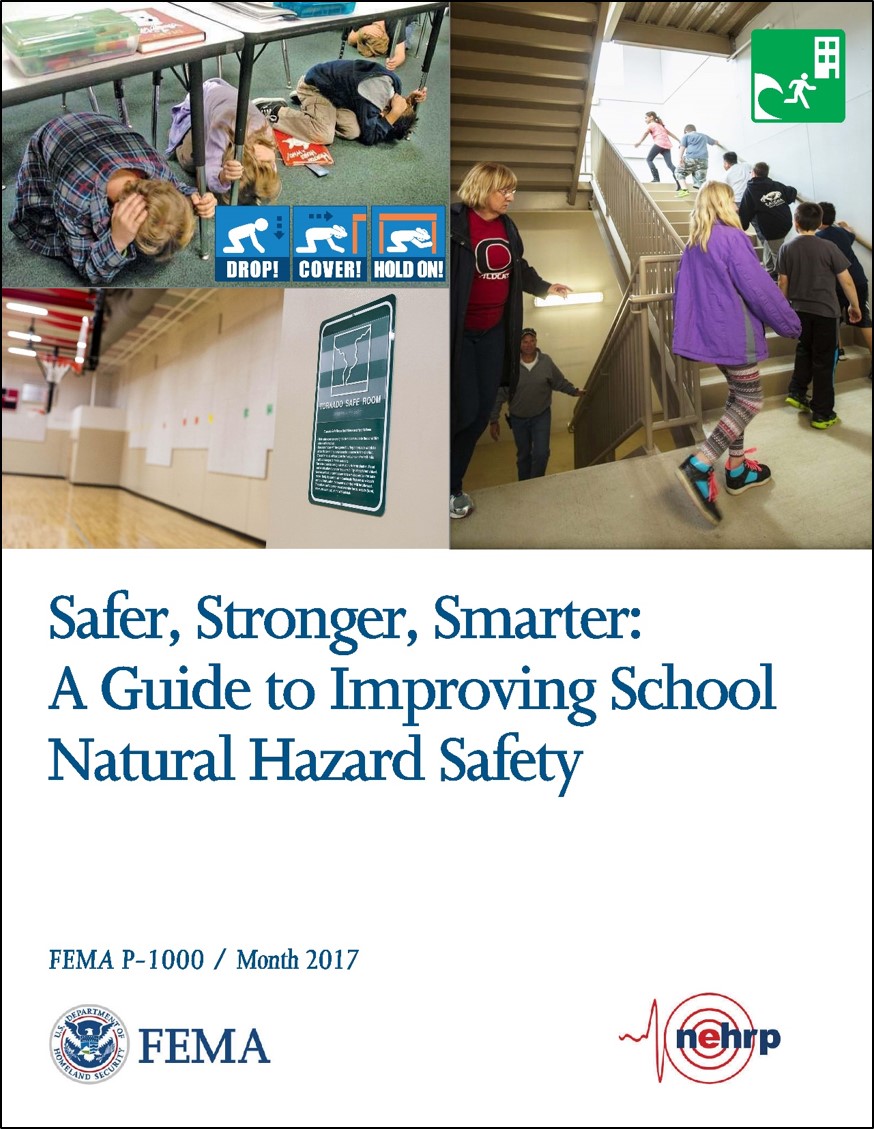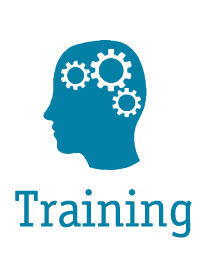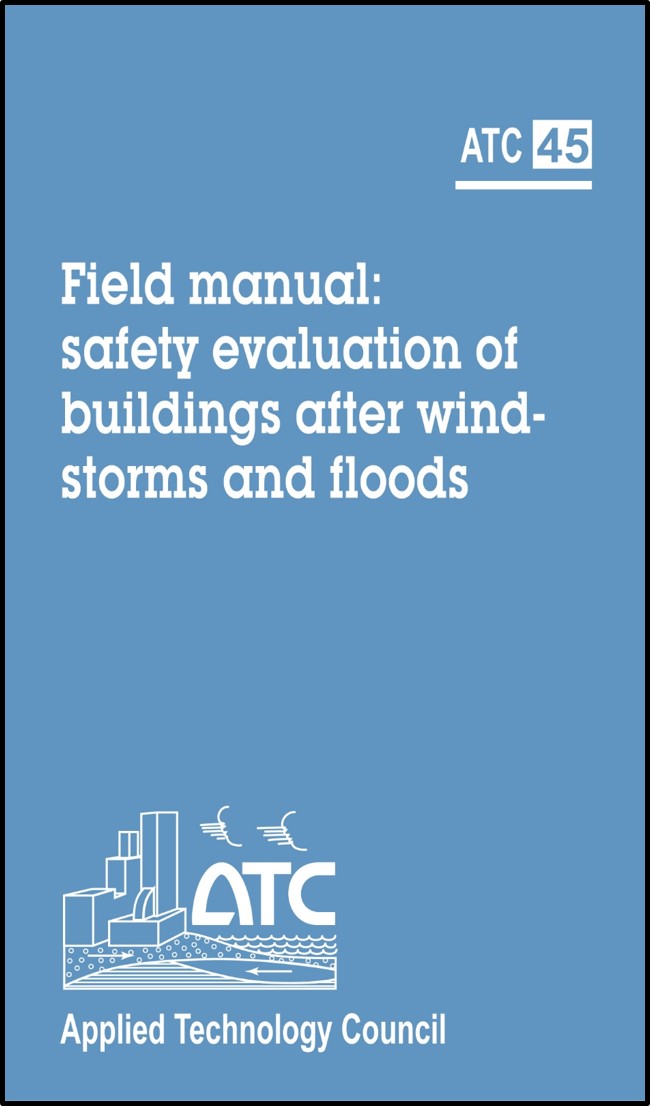FEMA P-1000, Safer, Stronger, Smarter:
A Guide to Improving School Natural Hazard Safety
Client: Federal Emergency Management Agency (FEMA)
Status: Complete
FEMA P-1000, Safer, Stronger, Smarter: A Guide to Improving School Natural Hazard Safety, offers actionable advice on how to improve the safety of schools in the United States from various natural hazards, including earthquake, tsunami, flood, hurricane, tornado, and windstorm. FEMA P-1000 focuses on both operational guidance (i.e., what to do before, during, and after an event) and on the physical protection of school facilities (i.e., what can be done to the structure and facility to improve safety). It aims to equip school safety advocates and stakeholders, including school administrators, facilities managers, emergency managers, emergency planning committees, and teachers and staff at K through 12 schools. It can also be valuable for state officials, district administrators, school boards, teacher union leaders, and others that play a role in providing safe and disaster-resistant schools for all. Parents, caregivers, and students can also use this Guide to learn about ways to advocate for safe schools in their communities.
FEMA P-1000 provides up-to-date, authoritative information and guidance on:
- Identifying natural hazards that could potentially impact a school;
- Making new and existing school buildings safer for children and staff, and more resistant to damage during natural disasters;
- Planning and preparing for effective and successful response during a natural disaster;
- Recovering after a natural disaster as quickly and robustly as possible, and being better prepared for future events; and
- Engaging the whole community in the entire process in order to improve school and community disaster resilience.
Download a copy of FEMA P-1000 here.
PROJECT PARTICIPANTS
FEMA
Mike Mahoney (Project Officer)
Andrew Herseth (Task Monitor)
ATC Management
Jon A. Heintz (Program Executive, Program Manager)
Veronica Cedillos (Project Manager)
Ayse Hortacsu (Project Manager)
Project Technical Director
Barry H. Welliver
Project Technical Committee
Suzanne Frew, William T. Holmes, Christopher P. Jones, Lori Peek, John Schelling, Thomas L. Smith, Edward Wolf
Project Review Panel
Ines Pearce (Chair), Jill Barnes, Victor Hellman, Andrew Kennedy, Rebekah-Paci Green, Cindy Swearingen
Report Development Consultant
Laura Dwelley-Samant
Working Group
Lucy Carter, Shawna Bendeck, Scott Kaiser, Jacob Moore, Meghan Mordy, Katherine Murphy, Jennifer Tobin
Focus Group
Debbie Carter-Bowhay, Cathy Coy, Susan Graves, Julie Mahoney, Bob Roberts, Kerry Sachetta, Shawn Streeter, Randy Trani





 The Applied Technology Council is concerned about the victims and communities affected by recent earthquakes in Türkiye and Syria, and would like to help.
The Applied Technology Council is concerned about the victims and communities affected by recent earthquakes in Türkiye and Syria, and would like to help.\GR_ATC-20 Series\ATC-20-1\ATC-20-1_Cover_Bordered.jpg) .
.
